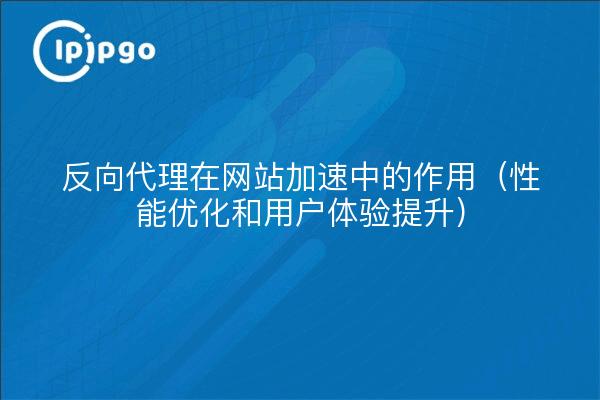
Reverse Proxy is a technology that receives internet requests through a proxy server and then forwards the request to a server on the internal network. It plays a crucial role in website acceleration and has a significant effect on improving performance and user experience.
performance optimization
Reverse proxies can help improve the performance of your website. By caching static content such as images, CSS and JavaScript files, a reverse proxy server can reduce the load on the source server and speed up resource loading. In addition, reverse proxies can implement compressed transmissions to reduce network transmission time and improve page responsiveness. These features effectively reduce page load time and improve the overall performance of the website.
load balancing
Another important function of a reverse proxy is load balancing. By distributing requests to multiple back-end servers, reverse proxies can avoid overloading a single server and improve the stability and reliability of the overall system. In this way, it not only improves the access speed of the website, but also effectively prevents service interruption due to the failure of a particular server.
security enhancement
Reverse proxies can also act as security barriers to protect websites from malicious attacks. By hiding real server information, a reverse proxy can effectively prevent DDoS attacks and other network security threats. At the same time, the reverse proxy can also implement access control, authentication and other security policies to provide additional protection for websites and user data.
User Experience Enhancement
Ultimately, reverse proxies provide a better user experience through improved performance and enhanced security. Fast page loading speeds and stable service can greatly increase user satisfaction and reduce user churn, thus promoting the development and growth of a website.








